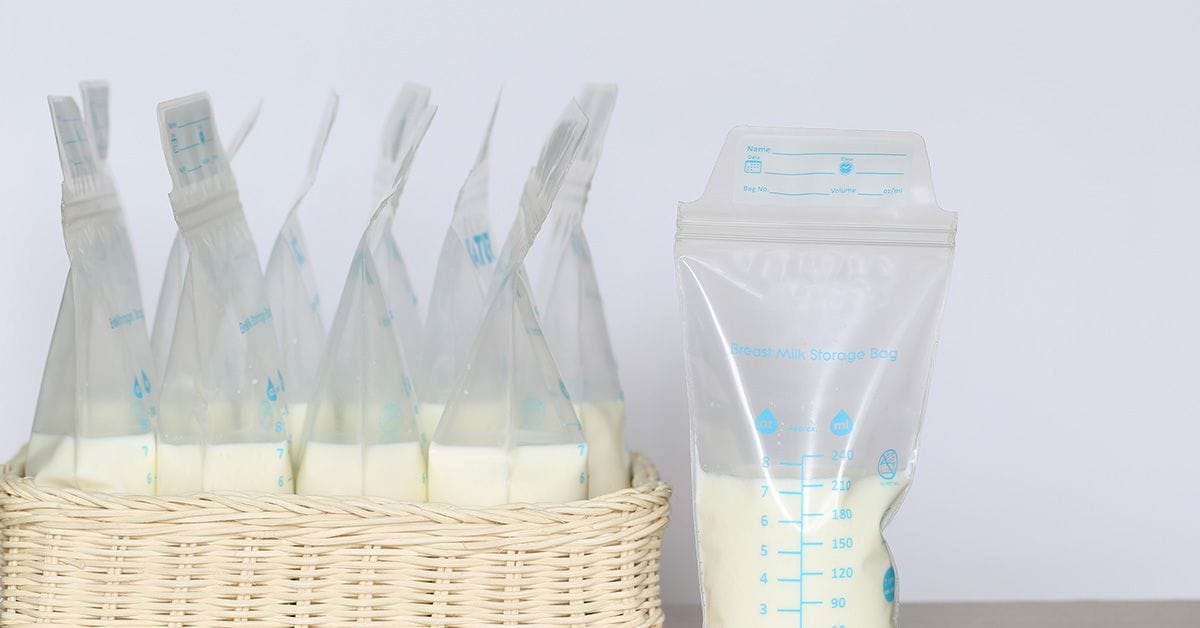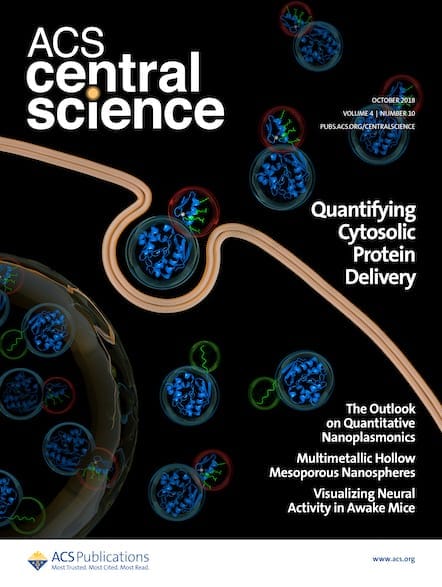Each year, millions of babies are born prematurely, with an associated risk of complications for both child and parent. But a component of human breast milk may offer a novel weapon when used against infections during pregnancy.

More than 13 million babies were born prematurely (earlier than 37 weeks) in 2020, and approximately 900,000 children under the age of 5 died of preterm birth complications in 2019, according to the World Health Organization.
There are numerous contributing factors that may result in a preterm birth, but one of the most common is chorioamnionitis, a fetal inflammation caused by bacterial infections in the lower genital tract. Group B Streptococcus, or GBS, is a primary culprit for these infections. GBS is an encapsulated Gram-positive pathogen that rarely infects healthy people, but it colonizes up to 30% of pregnant people and is associated with pre-term birth, stillbirth, neonatal sepsis, pneumonia, and meningitis.
Biofilms are essential to GBS's ability to colonize its host, and with the continued rise of resistance to antibiotics, there is a need to find alternative solutions to treat GBS and inhibit biofilm production within the host.
With this in mind, a team of researchers in the United States began testing whether human milk oligosaccharides (HMOs) have antimicrobial properties that could be useful against GBS. The purpose of HMOs in breast milk is to support infants to develop their own healthy microflora, but its abilities go well beyond this priming role. Previous studies have shown that HMOs have potent activity against GBS and other bacterial pathogens such as S. aureus and A. baumannii.
The new study, published in ACS Central Science, looks at an infection model in an extraplacental gestational membrane as well as a mouse model, mimicking GBS colonization through the reproductive tract. The researchers aimed to better understand the innate immune response provoked by GBS, as well as how the infection moves through the reproductive system—ultimately with the intention of finding ways to prevent it. Their findings revealed that application of HMO extracts successfully reduced GBS pathogenesis in the mouse model of vaginal infection during pregnancy.
Based on contributions from the field of carbohydrate-based stereoelectronics, the same team have previously used field emission gun-scanning single electron microscopy to investigate how HMOs impede microbial adhesion. They found that positively charged β-amino HMOs significantly inhibit bacterial adherence, possibly by acting as a surfactant. Another incredible finding from the same team is that HMOs can actually sensitize GBS to clindamycin, erythromycin, gentamicin, and minocycline, suggesting that HMOs increase GBS membrane permeability.
Taken together, these exciting discoveries suggest that purified HMOs could be deployed during pregnancy as a potential treatment for GBS infection helping to reduce adverse pregnancy outcomes.
